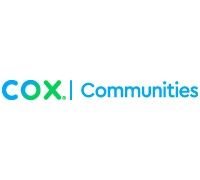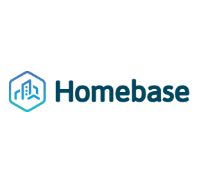By Itai Tomer, Head of Cloud DVR, Ericsson
Offering flexibility, convenience and choice, time shifted TV services are becoming a critical part of the daily television experience for a growing population of consumers. The 2015 Ericsson ConsumerLab TV & Media Report highlighted the extent of this trend, revealing that every third viewing hour is now spent watching on demand TV and video. According to Freewheel’s Q4 2014 Video Monetization Report, 64% of first run programs are viewed 8 days after they are first shown.
The rise of time-shifted content
Given these statistics, it should come as no surprise that US viewers have increased expectations of the way that content providers deliver their favorite content. Consumers want their content to be immediately accessible; they want to be able to manipulate the circumstances- including time and place- under which they watch it; and they want to direct the flow (start, stop, replay) of the viewing experience. Creating the ability for consumers to pause live TV, replay a program, or record a show plays an overwhelming role in meeting these expectations.
This rise in time and place-shifting is both driven and enabled by the continuing proliferation of connected devices: on average, Americans own four digital devices and spend 60 hours a week consuming content across them. The mobility that these devices offer has increased the expectation that video can and should be delivered as and when the consumer wants.
The benefits of Cloud DVR
The demand for greater flexibility in the consumer television experience is reflected by the rapid rise in popularity of many of the SVOD giants including Netflix, Amazon Prime and Hulu. For Pay-TV providers, keeping up with consumer demands means moving towards a platform that can handle live broadcast, provide time shifting options and deliver content via OTT or legacy STB methods, depending on the business model that suits their current and long-term needs.
Cloud DVR is one technology that is enabling Pay-TV providers to achieve this. The flexibility of the cloud enables providers to continue delivering broadcast quality content through traditional channels while also offering the convenience that today’s consumers crave.
The legal landscape
While the benefits of Cloud DVR are clear, Pay-TV providers must also ensure compliance with a range of regional copyright laws pertaining to time shifting, replay, live video and VOD features. Achieving this, means overcoming specific broadcast challenges, caused in part by legal restrictions that can be traced back to the 1984 Betamax case. In this case the courts ruled that the making of individual copies of complete television shows for purposes of time shifting does not constitute copyright infringement. While this ruling was largely positive at the time enabling the rise of set-top DVRs, it also provided the precedent for the 2008 Cablevision case, which concerned the RS-DVR. Ruling in favor of Cablevision, the Court of Appeals for the Second Circuit held that Cablevision’s Remote-Storage Digital Video Recorder (“RS DVR”) does not infringe copyright owners’ public rights.
Unfortunately however, as the RS-DVR allows subscribers to record content for later viewing by storing these recordings remotely at Cablevision’s head end, this decision paved the way for a private copy model where each and every copy saved must be stored at the distributors, giving rise to significant storage challenges. Consequently, North American operators must find solutions that can deal with these massive storage requirements, while continuing to deliver high quality, cost-effective and flexible video.
Overcoming challenges through innovation
In response, America has seen a recent push towards creating hybrid infrastructure solutions (a combination of private and shared copy models) that meet legal requirements while better meeting the demands of today’s television consumers. By converging storage and processing, removing the need for single purpose servers and enabling providers to adopt any combination of storage models, these next generation infrastructures can offer providers more flexibility in the way they deliver content and help get their products to market faster. Importantly, the increased agility and elasticity of these infrastructures means that an operator can more easily adapt its platform to comply with changing regional regulations.
Enabling market growth with cloud services
Aside from legal obstacles, operators will face additional challenges in storage, data management and video delivery as the range of devices, and the complexities of the TV infrastructure continues to grow. As my colleague Ulf Ewaldsson put it, “the changes that will occur in the next ten years will be greater than the past sixty years total.” As a result, innovation will need to occur at an unprecedented pace, and as Ericsson’s Video Storage and Processing Platform reflects, utilizing cloud based solutions will be key to enabling the speed and flexibility that companies will need to continue meeting consumer demands.
Next: The Internet of Things is good for everyone: Insights from Z-Wave
Previous: Service providers have unique opportunity to insert themselves into the IoT value chain: Insights from ARRIS















